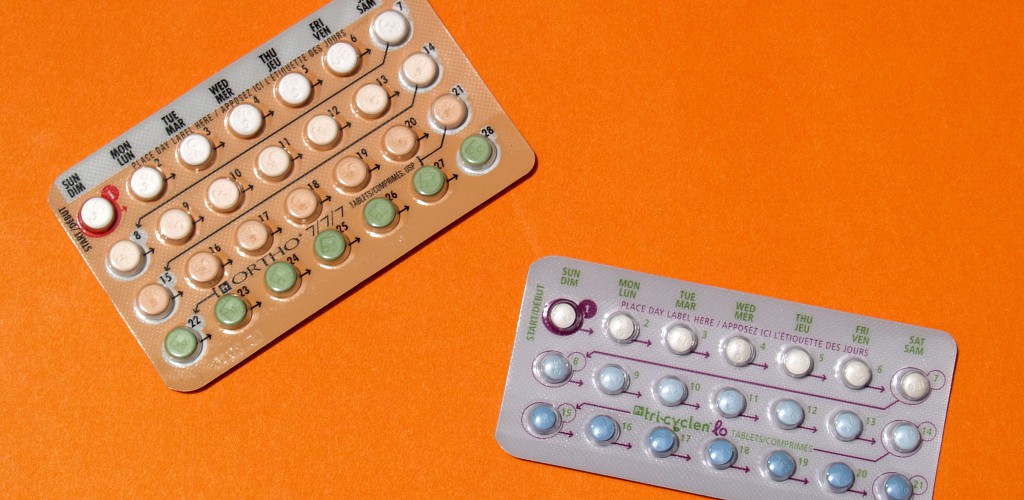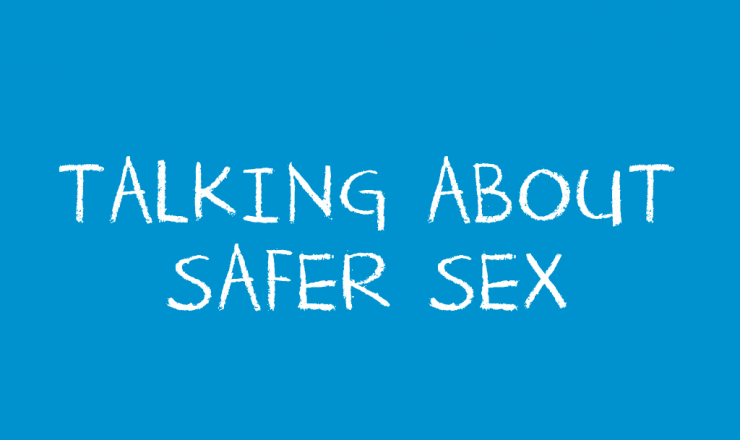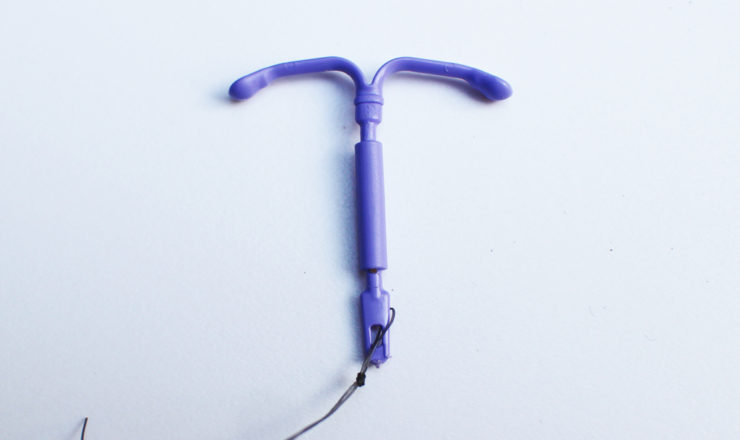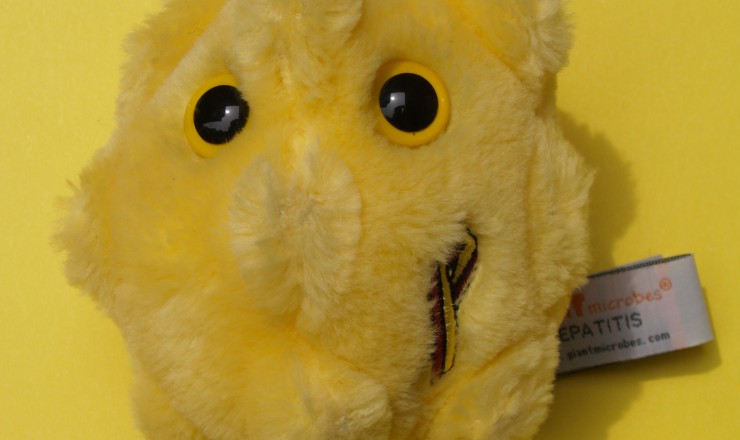Birth Control Pill
What is the birth control pill?
- The birth control pill is a pill containing 2 hormones (estrogen and progestin) that you take orally every day at the same time.
How does the pill prevent pregnancy?
- In order to get pregnant, sperm must enter your vagina*, swim up into your uterus and fertilize an egg that has been released from your ovaries during ovulation. The pill prevents you from ovulating.
- The pill thickens the mucus on your cervix (the opening to your uterus). This makes it harder for sperm to travel into your uterus and fertilize an egg.
- The pill thins the lining of your uterus (the endometrium). This makes it harder for a fertilized egg to implant in your uterus and become a pregnancy.
How effective is the pill?
- The pill is 99% effective. This means that if 100 people took the pill correctly for one year, only one person would get pregnant.
- Because the pill may be used incorrectly, it is closer to 92% – 97% effective with typical use.
- If you miss any pills by 24 hours or more, your risk of getting pregnant increases.
How do you use the pill?
- The pill works on a 28-day (4 week) cycle. Your clinician will either prescribe you a pack of 28 pills or a pack of 21 pills.
- If you have a 28-day pack, you will take one pill with hormones every day at the same time for 21 days (week 1-3). Then for the last 7 days (week 4), you will take pills called “sugar” or “placebo” pills. These don’t have any hormones in them, but they help keep you in the habit of taking your pill at the same time every day. You can expect your period sometime during this hormone-free week. The day after you take your last sugar pill, you start a new pack of pills.
- If you have a 21-day pack, you will take one pill with hormones every day at the same time for 21 days (week 1-3). Then for the next 7 days (week 4) you will not take any pills. You can expect your period sometime during this hormone-free week. After week 4, you start a new pack of pills.
- Remember, you are protected from pregnancy during the hormone-free week even if you are not taking any “sugar” pills, as long as you have been taking your pills correctly and you start your next pack of pills on time.
- Some people take the pill continuously (no sugar pills or hormone-free week) to avoid having their period, sometimes called “stacking.” If you are interested in doing this, speak to your clinician first.
- If you are late taking a pill or miss a pill, consult the instructions in your pill package and/or call your clinician to see if you need to come in for an appointment and/or use a back-up method of birth control for 7 days.
How to start the pill
- If you decide, along with your clinician, that the pill is right for you, they will write you a prescription. You can purchase your pills at a pharmacy (approximately $20-35/month) or at PPT’s Health Services (approximately $5-$17/month).
- If you start the pill within the first 5 days of getting your period, you are protected from pregnancy right away.
- If you start the pill 6 or more days after getting your period, you are not protected from pregnancy until you have been using the pill for a full week. To avoid pregnancy during this time, use a back-up method of birth control like condoms or spermicides.
- A clinician may recommend that you use a back-up method of birth control for a longer period of time when you start the pill.
- Some people like to start the pill on the first Sunday following the start of their period, whether they are still bleeding or not. This will likely keep you from getting future periods on the weekend.
What are the side effects of the pill?
- You may experience minor side effects such as nausea, sore breasts*, moodiness and/or spotting (a little bit of bleeding that is lighter than your period). These usually go away within the first 3 months of using the pill.
- If after 3 months you are still experiencing side effects or your side effects are severe, you may want to try a new brand of pill. You may need to try more than one brand before you find a pill that works for you.
- There is a rare risk of getting blood clots or having a heart attack or stroke while using the pill. Smoking, obesity, and other health conditions increase this risk. Speak to your clinician for more information.
- Signs of a blood clot include: blurred or loss of vision, chest pain or difficulty breathing, migraine headaches, severe abdominal cramps, or severe pain in the leg. If you experience any of these symptoms, get medical attention right away.
Advantages of the pill
- If you use the pill correctly, your chances of getting pregnant are very low.
- You don’t have to do anything before or after you have sex.
- Your period will likely become shorter, lighter, less painful, and more regular.
- The pill can improve acne and increase bone strength.
- It doesn’t affect your ability to get pregnant in the future.
- Your partner(s) don’t have to be involved.
- The pill lowers your chances of ovarian and endometrial cancer and fibroids.
Disadvantages of the pill
- You have to remember to take the pill at the same time each day. Try setting an alarm on your phone or taking your pill along with an activity you do at the same time every day.
- If you miss a pill or are late taking pills, your risk of getting pregnant increases and you may need to use a back-up method of birth control for one week.
- You may experience side effects.
- You may not be able to use the pill if you have certain health problems.
- If you have a personal and/or family history of breast cancer or you are HIV positive, talk to your clinician for more information.
- If you smoke and you use the pill, there is an increased risk of getting a blood clot.
- You need a prescription.
- It can be expensive. However, PPT’s Health Services sells pills at a reduced cost.
- The pill does not protect you from sexually transmitted infections (STIs).
For a downloadable resource on this topic, please visit Planned Parenthood Toronto Factsheet Database.
If you have questions about this topic, feel free to contact one of our peer educators. [Link]
*We know that these aren’t the words everyone uses for their bodies (eg. trans folks), and support you using the language that feels best for you.
Last Edited: May 2020






